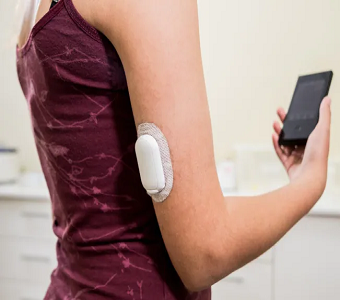Below are the highlights from R&D Day:
1. Entered a $100M Opportunity With Helio Vision Acquisition
Aldeyra’s methotrexate, which was recently acquired from Helio, was tested in PVR patients. A Phase 1 study found that the drug’s anti-inflammatory & anti-proliferative characteristics made it a promising candidate for prevention of PVR.
In a 10 subject Phase 1 trial, methotrexate was given in 10 injections over an 8 week period. 4/10 (40%) patients experienced at least one re-detachment. Or, in other words, failed the trial. The standard of care sees about a 50% failure rate.
Doctors tested a new protocol outside of the Phase 1 trial, in off-label studies. An additional 16 patients with a new protocol were given 13 injections over a 16 week period to extend treatment. With this new extended treatment protocol, the failure rate dropped significantly. Only 1/16 (6%) experienced a retinal detachment (see image below)
Note: The doctor on the call mentioned that they now had data on 25 total patients and only 2/25 (8%) experienced retinal detachment. Remember standard of care is 50%. This revised protocol will be taken into Phase 3 trials. ALDX will conduct two-Phase 3 trials for PVR that will initiate 2H 2019.

PVR is a rare disease with about 4,000 patients annually in the US and nearly double that in Europe and Japan. If we assume that ALDX’s candidate is priced in line with other ocular injections like Lucentis and Eylea (~2,000/injection), then the annual opportunity equals ~$100M. Remember that Phase 3 protocol requires 13 total injections (13*2000*4000=100M).
2. Dry Eye Phase 3 Endpoints Determined
Primary endpoint #1: ocular dryness score (0-100mm VAS)
Primary endpoint #2: fluorescein nasal region staining
Interestingly, in the Phase 2b clinical trial, the data for the Phase 3 co-primary endpoints of dryness and staining were promising, showing p-values of 0.0048 and 0.0007, respectively. These changes were maintained throughout the duration (week 2-12). This bodes well for the company’s upcoming Phase 3 studies.

One of the arms in Phase 3 will taper the treatment regiment from QID (4x/day) to BID (2x/day) to see how effective reproxalap will be with this dosing. If successful, this could be an important convenience factor for ALDX.
The Phase 3 will evaluate ocular itch score area under the curve as a primary endpoint and a 2-point responder analysis as a secondary endpoint. In the Phase 2b, the selected Phase 3 endpoints showed that reproxalap was statistically significant greater than vehicle. This may indicate that reproxalap has potential to provide a more durable activity than the current antihistamine standard.

Stay tuned for Phase 3 AC data in “early 2019”. We interpret that as before Q1, but we’ve been wrong on ALDX timing before.
PropThink contributors are LONG ALDX
Access This Content Now
Sign Up Now!




